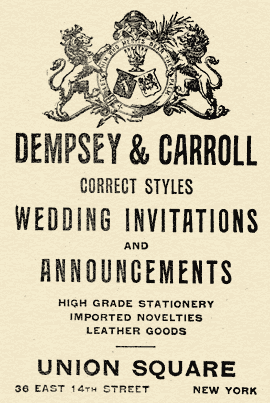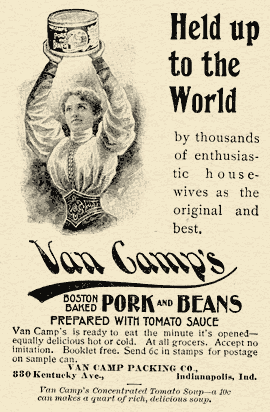Authors of Buffalo
by Frank H. Severance
It is not possible—and if it were possible, it would not be profitable—to write of all the romancers of Buffalo. A few of the more notable will suffice. The fame of Anna Katharine Green (Mrs. Charles Rohlfs) rests not alone upon her novels, but upon her poems as well. In the common acceptation of the term Miss Green—to use her maiden name, which she retains for all her literary work—is probably the most “popular” writer who has ever lived in Buffalo, not excepting Mark Twain, whose short residence and journalistic career in this city entitle him to at least remembrance in this review. She was born in Brooklyn, in a house opposite Plymouth Church. Her father, an attorney well remembered here, came to Buffalo when she was a child, the family home being on Pearl Street between Swan and Seneca. In evidence of her early literary predilection it is related that when eleven years old Miss Green and a playmate wrote a paper called “The Lily of the Valley,” the privilege of reading which was extended to their schoolmates at five cents a turn. A copy of that early production is now cherished by the playmate of former days, a well-known lady of this city. Miss Green’s first mature efforts at authorship were the poems bound in the volume called “The Defense of the Bride.” This work did not attract particular attention and the author turned her attention to fiction, selecting the kind in which plot and situation predominate, perhaps because of her love for the solution of mathematical problems. “The Leavenworth Case,” which appeared in 1878, at once found great favor both in this country and Europe. Its author had raised the sensational detective story to a literary level, and found her reward in a wide audience of cultured readers. “A Strange Disappearance” was published in 1879, and “The Sword of Damocles” in 1881. A volume of her poems, edited by Rossiter Johnson, appeared in 1882 and was well received. “X. Y. Z.” and “Hand and Ring” followed in 1883, “The Mill Mystery” in 1886, and “7 to 12” in 1887. “Risifi’s Daughter,” a dramatic poem—considered by the author her best literary work—was also published in 1887, in which year the author returned to Buffalo with her husband and children, and here her home has since been. “Behind Closed Doors” and others yet more recent, are widely familiar. Several of her books have been translated and had many editions in various languages, “The Leavenworth Case” and “Hand and Ring” leading in popularity.





